|
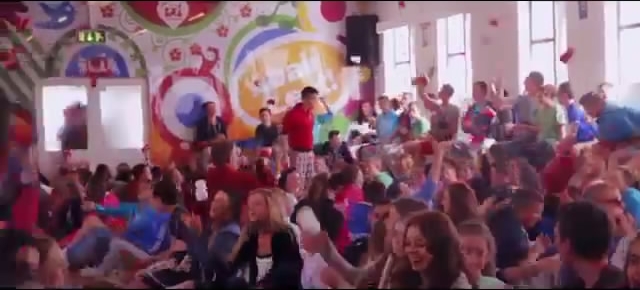
3
maxims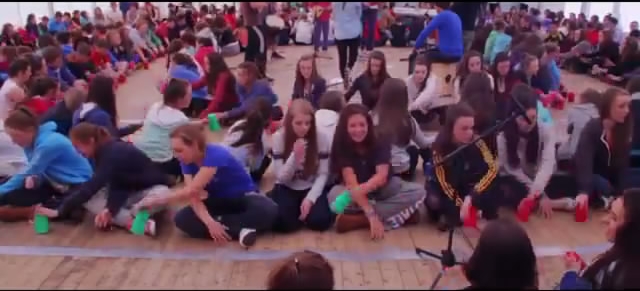 Cup
Song
Cup
Song
|
|
Amhrán
na gCupán
|
600
rannphairtithe Idir soclairi agus foireann
|
Curiarracht
dhomhanda (go bhfios dúinn)
|
|
The
Cup Song
|
600
participants
between
students & teachers
|
A
world record
(as
far as we know)
|
|
A
“Gaelic L2” teacher grasped his students' felt
needs and helped them satisfy them (in Gaelic).
|
Download
video: Cup Song
Download lyrics: http://bit.ly/cupan
Tutorials – quick:
http://bit.ly/cupan-1
; complete: http://bit.ly/cupan-2
Translation
of lyrics: online at http://bit.ly/cupan-3
and here
. Video made at Lurgan College/Coláiste,
Inverin/Indreabhán,
Galway, Ireland
|
.
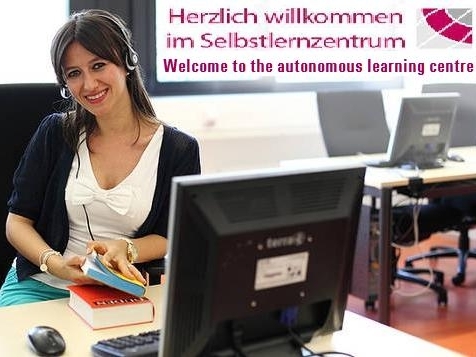 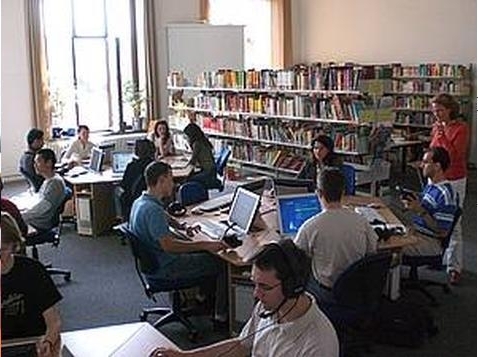
|
|
Autonomous
Learning Center
University
of Braunschweig
|
A
teacher (far right, red blouse) is always
present, ready to
intervene when needed.
|
|
Materials
are not just “self-correcting”; they permit students
to “self-direct”
their
learning.
3
maxims
|
|
.
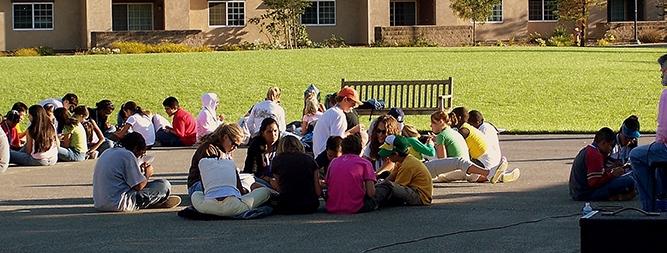
|
|
Sonoma
State University
Alternative
lesson during boycott
|
The
teacher has brought the learning materials in a trunk (bottom far
right).
|
|
The
teacher had to choose between the University and the protesters;
he chose the truth.
3
maxims
|
Other
forms of boycott protest: University of California at Berkeley here.
|
.
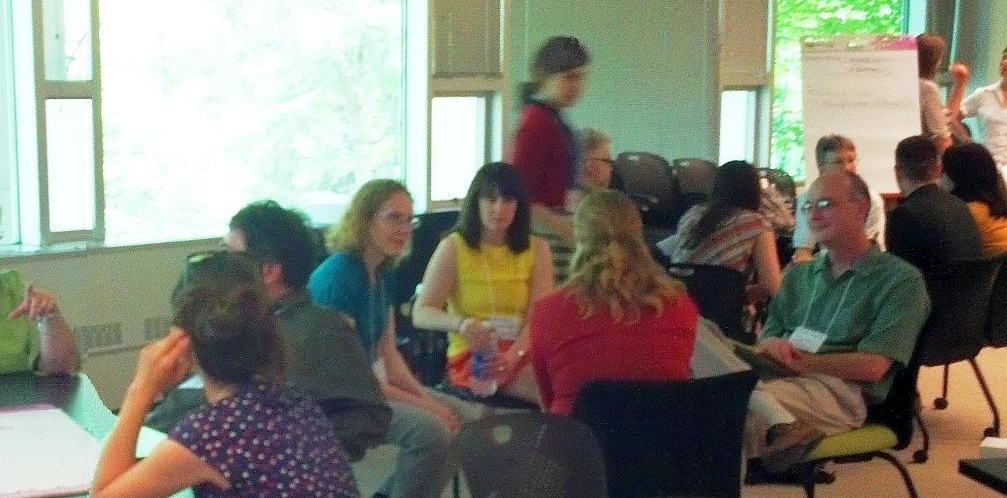
|
|
A
Dutch language school
Dutch
as a 2nd
language course
|
Five
groups decide on and prepare 5 different tasks
as the teacher
observes them. Nothing new? Well...
|
|
There
is no
class textbook.
When the course ends, the “textbook” will be the sum
of the tasks done.
If the students refuse grammar/vocabulary
tasks and do only videos on the target culture, that's fine.
3
maxims
|
|
|
|
There
are no
exams,
since self-directed students set their own goals and judge when
they reach them.
If the Institution wants marks, the groups
assign them; the teacher will veto only gross breaches (rare).
|
|
|
|
Before
“freeing” her
students, the teacher has freed
herself,
refusing Ministerial or School programs and
asking for
“experimental course” status (own pass/fail
criteria). She signed a letter of resignation, too.
|
Four
examples of new ways of seeing
• teacher-student
relationships
• the student's role in leaning.
None
of these teachers thinks s/he is following Montessorian methodology,
and may have never heard of Maria Montessori.
And yet the ideas
that Montessori developed, starting in 1900,
have influenced their
teaching, at least partially.
Analogy:
Sigmund Freud, starting in 1900 (The Interpretation of Dreams),
developed psychoanalysis which influences our thinking.
MMLT
International Report did not turn up cases of
conscious and
systematic application of
Montessorian methodology to adult
language learners.
Two
exceptions (in Italy):
• Lingua Più Association,
••
myself
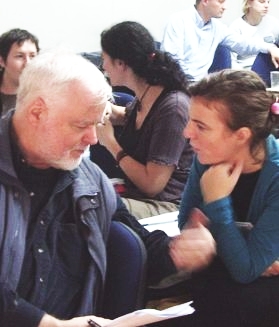
|


Lurgan
College
|

Braunschweig
|
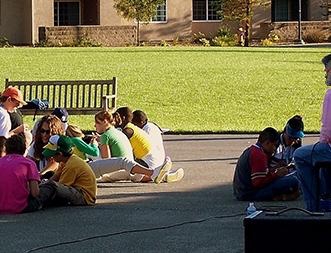 Sonoma
State Sonoma
State
|
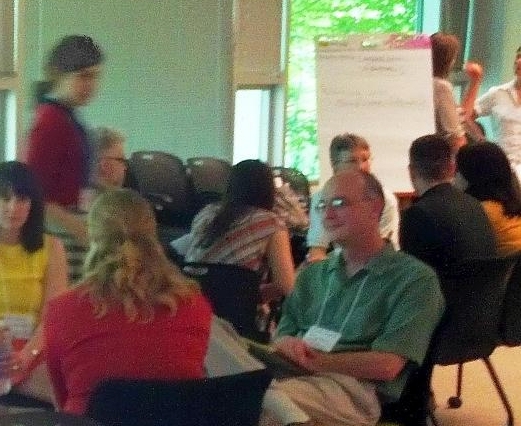 Dutch
School Dutch
School
|
|
Four
examples of new ways of seeing
• teacher-student
relationships
• the student's role in leaning.
We
call them today: “Progressive Education.”
All
had been theorized in the past: St. Augustine, Rousseau,
Pestalozzi, Fröbel, Dewey...
But
none of these concepts was widely practiced in
1900. (Only experimentally.)
◊◊◊◊◊
Then,
in 1900:
Maria
Montessori, age 30, Training School for teachers of mentally
retarded children
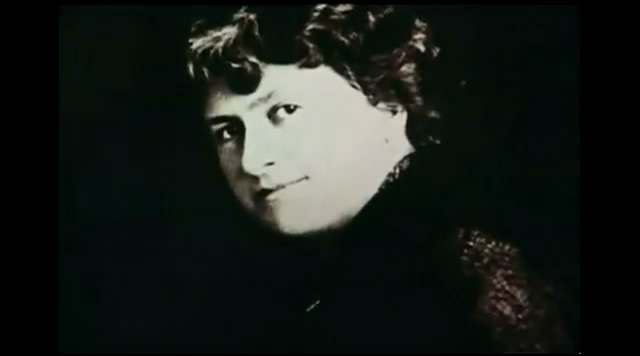
video
Montessori's Discovery
(
http://bit.ly/mmlt4
and
http://bit.ly/mmlt3
)
Father:
“What do you want to do in life?” Maria
(age 10): “ANYTHING... but teaching!”
|
|
|
|
1st
research project:
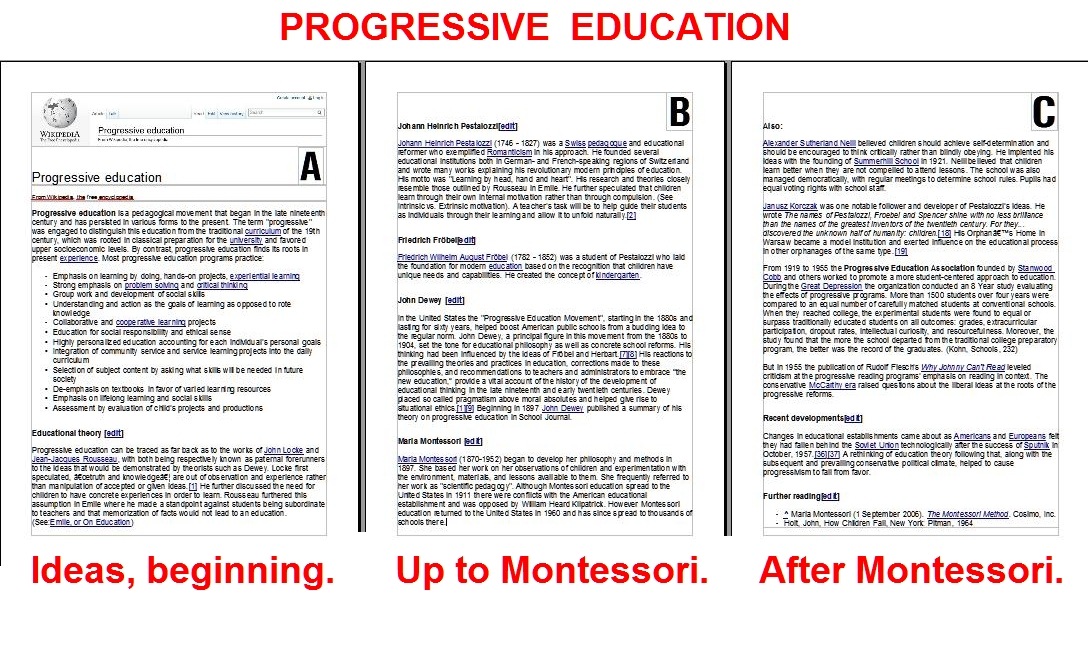
1.
What is “Progressive Education”? Part A
2.
It seems good but is it really valid? Part B
3.
Since it seems good, why isn't it everywhere? Part C
15
minutes to find possible answers...
-
|
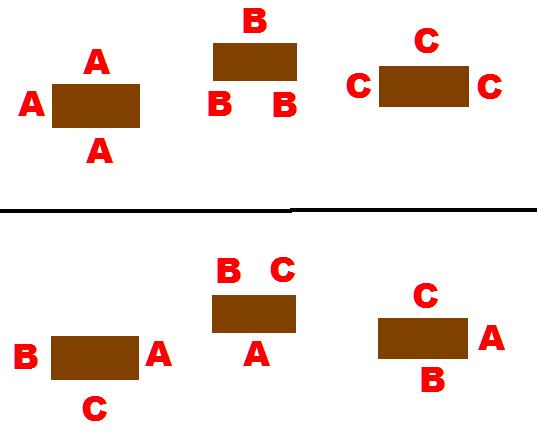
|
5
minutes with initial mono-thematic tables;
then
10 minutes with multi-thematic tables.
|
|
|
|
|
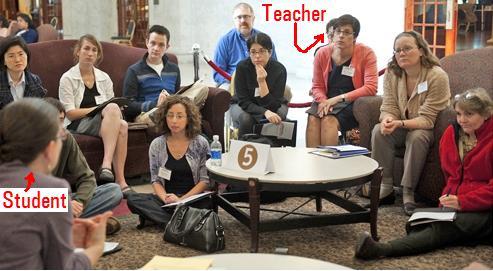
Group
discussion: volunteer leads discussion, takes notes for summary.
1.
What is “Progressive Education”?
2.
It seems good but is it really valid?
3.
Since it seems good, why isn't it everywhere?
|
|
To
conclude this introduction to the Montessori Method...
let's
see how one can use a facsimile*
of the Montessori method
*not
the real thing
in
a commercial language school, and earn a lot of money.

(One
commercial school*
in Rome began doing this in 1954,
just two years
after the death of Maria Montessori. )
*
|
|
|
|
Am
I in favor of facsimiles? No.
But I
realize that commercial schools need to make money to survive and
may not have the time or interest to offer real Montessorian
teaching. (It takes a lot of preparation and investment in
materials.)
So let's try to understand how the
pseudo-Montessorian language courses function. This
will help us appreciate better what we must do to make our
Montessorian teaching genuine.
In addition,
by seeing the differences, we will understand the authentic
Montessori Method better (one of the purposes of this workshop).
|
George
Shenker

end_3
maxims
1954
(officially, 1957)
|
History
Development
|
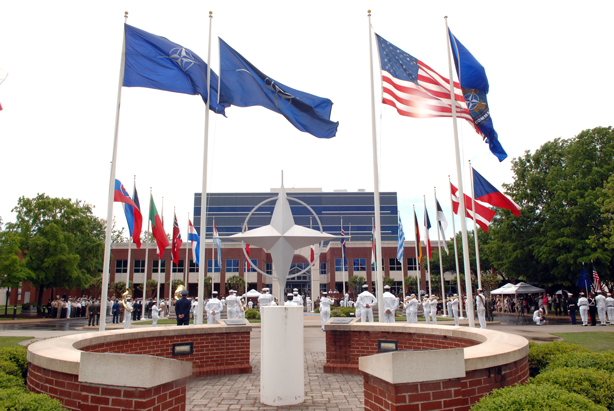

|
George
Shenker was a Polish polyglot, fluent in Polish, English, Russian,
German and Italian, who worked as an interpreter for the Allied
Forces during World War II.
After
the war, Shenker married an Italian woman and, in 1954 privately
(and in 1957 as a company), started a language service in Rome to
teach English to Italian Armed Forces personnel working with the
NATO. These learners could not attend regular lessons, so Shenker
resorted to guided self-learning, using the technology of the day
for self study (wire recorders, then tape recorders, then cassette
recorders, then cd's, today, I Pads). Class time with teachers was
only for verification and practice. There are four levels, each
composed of twenty five recorded lessons (several hours of
audio-oral drills) and written grammar exercises), with one hour
of class with a teacher after completing each recorded lesson. The
average student does one level in one year; the fast student, all
four levels in one year.
There
are several advantages to this autonomous learning method, mostly
for the school:
1)
Expenses are cut drastically.
One
small classroom and a small office were enough to process
hundreds of NATO personnel (today, multiple offices).
Very
few teachers. Their role is mostly encouragement and
clarification (not presentation of material).
Recycled
cassettes so little investment in materials. The Shenker
Institute functioned like a library, where students returned one
cassette and took the next.
2)
Military discipline substituted for motivation (the taped
exercises are boring) so many soldiers finished the course and
NATO was happy.
3)
After NATO, Shenker obtained contracts with companies, even a
university (LUMSA, Rome). The course is only marginally effective,
i,.e. students get mediocre results. But Shenker continues to be
successful:
among
the companies that are not really interested in improving their
staff's English – they offer a Shenker service like they
install Physical Fitness Rooms, little used, little effect, but
good public relations for the company and a union bargaining
chip.
among
students who do not really want to learn a language but enroll to
feel they are doing something – like people who enroll in a
gymnasium for physical exercise, who go rarely, but who feel they
are doing something:
These
kinds of companies and students choose Shenker because it is low
cost.
|
So-called
autonomous learning programs are expanding because our Ruling Classes
want:
1. low-cost solutions,
2. disciplined students
(job-security blackmail)
3. no or few teachers, since they risk
getting students to think.
–
–
Bill Gates Foundation: distributed learning.
– Online
Universities (Phoenix, etc.)
– Technology companies that
install multimedia labs in companies (the hardware)
in
conjunction with providers of brand-name teaching materials (the
software)
(Teachers work as outside
consultants for the providers.)
Now, is all
this Montessorian?
The
Shenker Institute, for example, does not claim to be Montessorian but
says it is proud to adhere to the following principles and, in the
1950's, was the first language school to adhere to them:
Suitable
environment (home study with recorder/iPad)
The
teacher is not a lecturer but a counselor
Better
learning through repetition
Self-control
of mistakes in using didactic materials
Choose
own learning time
Good
manners
|
|
2nd
research project:
1.
When commercial schools invent ways to eliminate teachers, are
they Montessorian?
2. Is teacher reduction through technology
valid (didactically, business-wise)?
3. Will the trend toward
teacher-reduction triumph? And, if so, should we join in?
5
minutes to find a group consensus.
(Nominate a spokesperson to
explain that consensus.)
|
Now
that we have seen what Montessorian teaching should NOT be, let us
see what it is.
The
MMLT manual says it is teaching by applying 12 Montessorian
principles:
Suitable
environment
Self-directed
learning
The
teacher is an "observer" not a lecturer
Sensitive
learning periods
Better
learning through repetition (absorbent mind)
Self-control
of mistakes in using didactic materials
|
Choose
own learning time
Learning
by doing
Movement
analysis
Silence
exercise
Good
manners
Tidy
rooms
|
Many
teachers say: “I already apply most of those
principles. So what's new?”
But
do most of us really apply them?
Let's
start with the ENVIRONMENT.
Beginning
with the seats. How should seats be arranged?
Do we make this a
priority problem when we start teaching somewhere?
I
wanted to see in what kind of circumstances you participants must
work in.
So
I looked up some photos of your schools on the Internet.
A
classroom at the University of Pitesti (Arges, Romania)
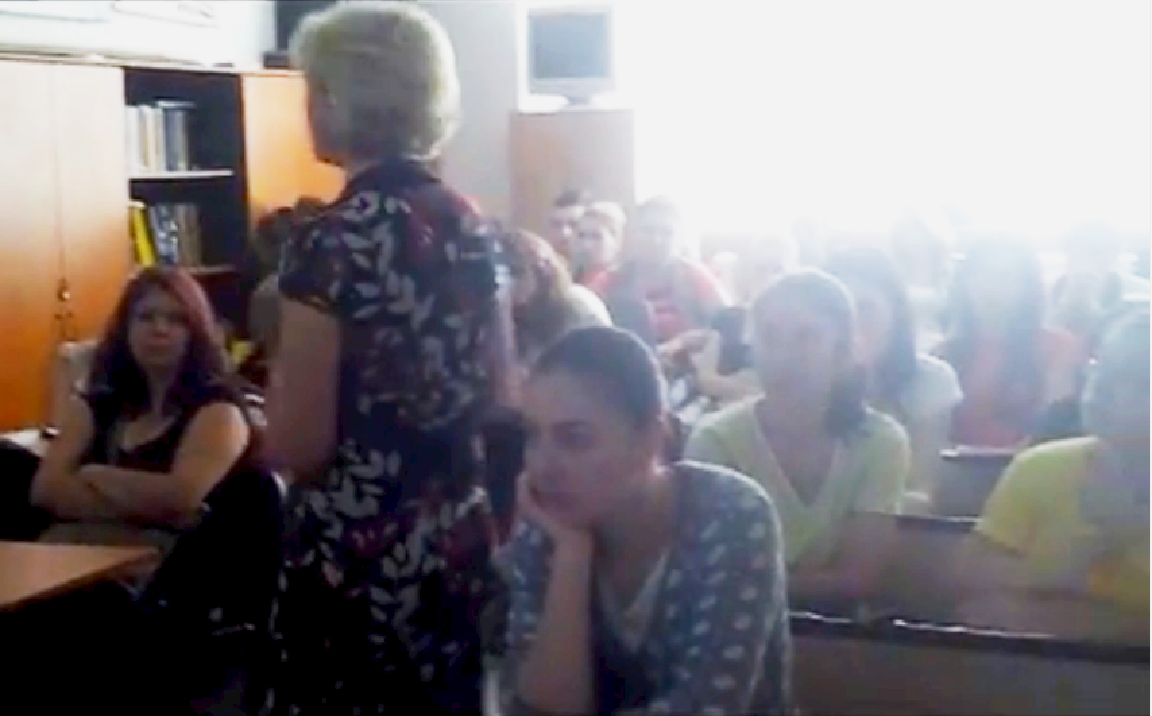
A
classroom at the Supra Vita Language School (Eger, Hungary)
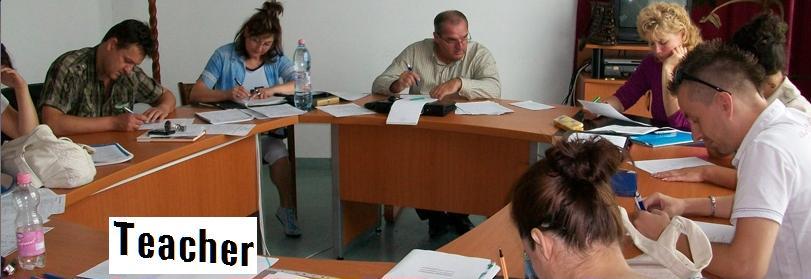
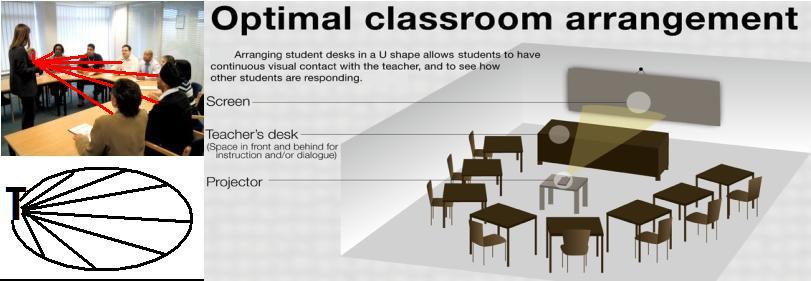
A
Montessorian space is neither of these two, but rather a third.
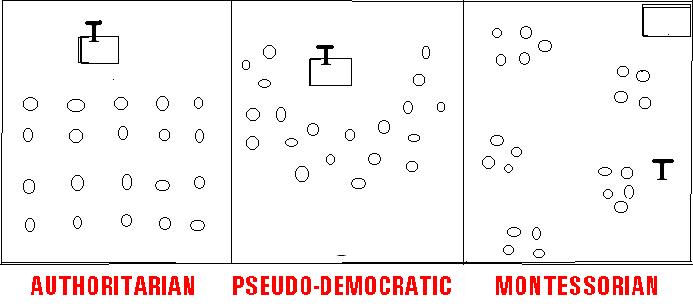
And
so... ???
▪
▪
A
classroom at the Chingford secondary school (David Beckham's),
Waltham Forest
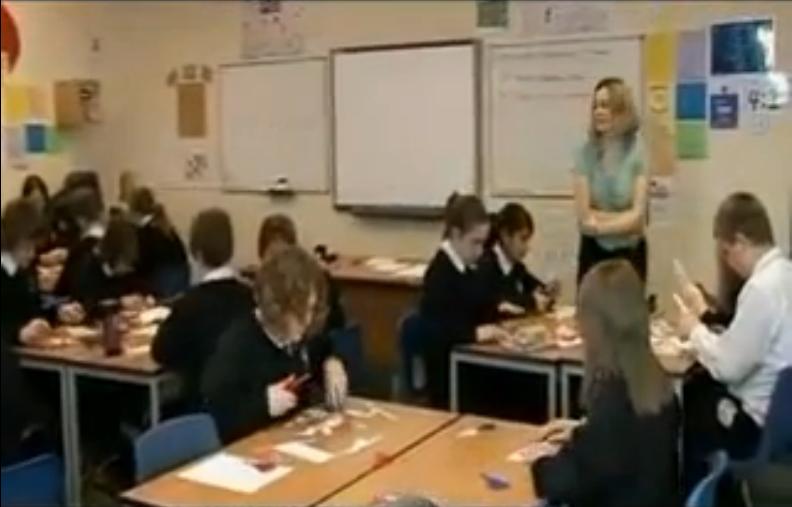
A
history lesson on social conditions during the Industrial Revolution.
A model?
end_3
maxims
This
picture would seem to indicate a perfect Montessorian teacher: she is
observing (not lecturing) her students who are constructing and using
self-learning material. The students are sitting, not in
rows
or in a circle, but around tables in workgroups. The walls are full
of reminders. And yet... Group task: watch the video and
identify what is right... and yet what is wrong in this teacher's
style:
What
is missing from the classroom at Chingford School? The 3 maxims!
|
In
The
Child in the Family
(1950),
Montessori lists three maxims:
1.
Observe all the reasonable activities of the child and try to
understand them (p.102).
2.
Satisfy as much as possible the child’s desire to act: do
not serve him, but educate him to become independent (p.106).
3.
Since children are more susceptible than we think, we must be
very cautious [i.e., honest ethically] when dealing with them
(p.109).
|
Translated:
Really
understand your
students, from the inside...
(like the Gaelic teacher at Lurgan College in
Ireland)
Really
help them
become autonomous... (like the Language Center in
Brauschweig: self-directed language
learning program, not just self-correcting language learning
materials)
Really
establish a
relationship of honesty and trust... (like the Spanish
teacher at Sonoma State University – not
just in political issues but educational and interpersonal, too)
And thus
be open to teaching like that at the Dutch
Language School:
– no institutional program and no
Individual Learning Program,
but
evolving research that starts with questions that students feel as
urgent;
– no textbook but a series of tasks, the sum of
which will be the program;
– no exams but self-evaluation
and group evaluation, with remedial resources available.
Final
summary
DO YOU
ACCEPT TO TEACH LIKE THIS?
If
you do, then your role will change, as the Manual states. Your role
will be:
• ••
•
not
to teach,
• not to judge,
• not to correct homework
•
not to correct exams,
• not to attend boring meetings to
“program” course syllabi,
• not to look up
answers to student questions (they should learn to do it
themselves),
• not to motivate students,
• not to
discipline students,
• not to do anything during a lesson
except present the materials
and then observe
how they are used,
in order to know what to
eliminate, change or introduce for the next time.
DO
YOU ACCEPT TO TEACH LIKE THIS?
Let's
take a survey among all of us to see how many people do.
Most
of us think we already apply the Montessorian principles in part.
But
when we say this, we're thinking of the external manifestations (the
12 principles).
What about the internal
maxims that should guide our behavior:
these
are the
principles missing at the Shenker Institute
and at Chingford School.
Let's
see if we really apply these three, the basics.
|
4th
research
project:
A.
Do we really establish a relationship of honesty
(questioning things with our students)?
B.
Do we really help our students become autonomous (meaning
self-directed)?
C.
Do we really understand our students, from the inside?
(doing things with them?)

-
|
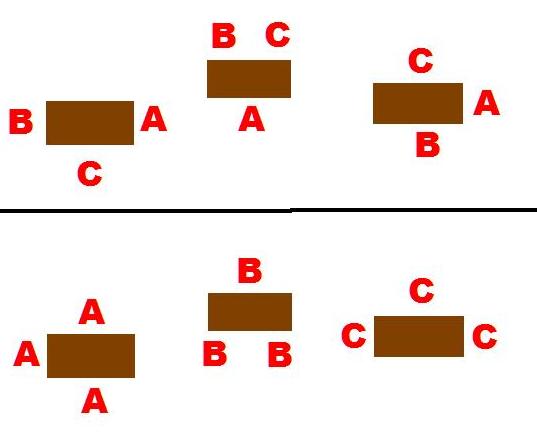
|
5
minutes with initial multi-thematic tables;
then
10 minutes with mono-thematic tables.
(each table nominates
a spokesperson for their theme)
|
|
|
|
|
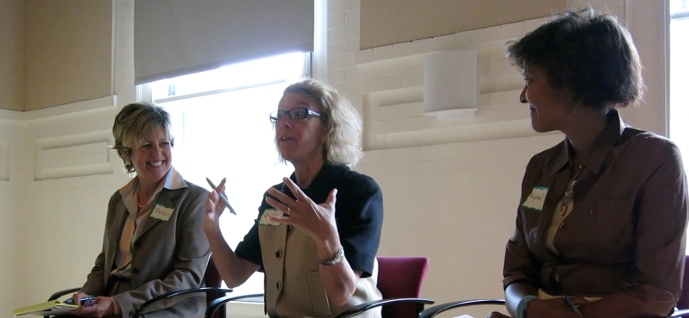
Panel
discussion among the 3 spokespersons; volunteer leads discussion,
takes notes for summary.
|
K,
So...
do we already apply the Montessorian principles, wholly or, if not,
in part?
Not
just the 12 principles (external manifestations)
but
also the 3 maxims (internal source of inspiration).
What
about this workshop? Am I applying Montessorian principles here?
The
12 external manifestations, yes.
But
the 3 maxims?
No.
And
so... ???
▪
▪
THEME:
Describe an imaginary, ideal language classroom, but one that could
conceivably exist in the school or institution where YOU work, in
spite of the obstacles.
Describe
the appearance of the room. Then describe some of the learning
materials on the teacher's desk or on the bookshelves.
For
example, if you teach Italian to Erasmus students in Italy at a
University Language Center, suggest a few ideas for self-correcting
materials that it might be possible to make available to students
frequenting the Centre. Describe your proposals for learning
materials in detail.
|
T
H
A
T'
S
I
T
F
O
R
T
O
D
A
Y,
|
Cup
Song


|
S
E
E
Y
O
U
T
O
M
O
R
R
O
W
!
!
|
TRANSITION
TO MONESSORI METHOD:
FIRST, SILENCE
Materials on
tables:
1.
Montessori's Discovery – video
also:
http://bit.ly/mmlt4
and
http://bit.ly/mmlt3
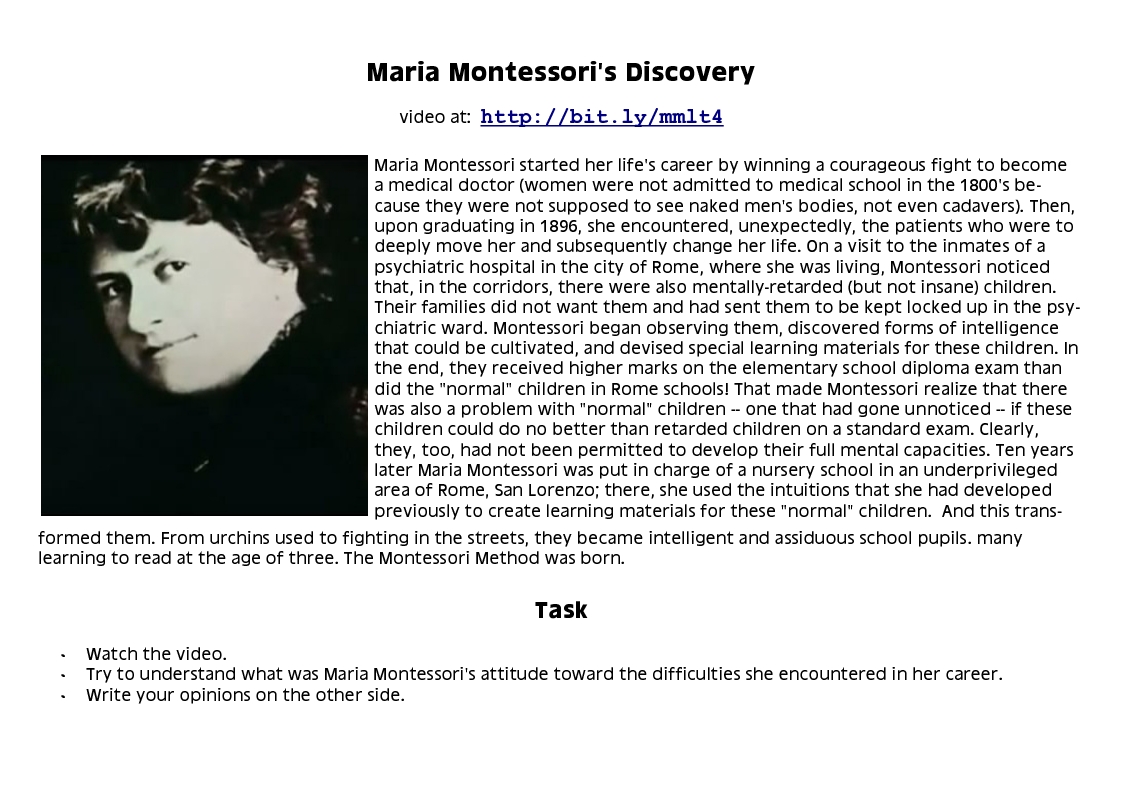
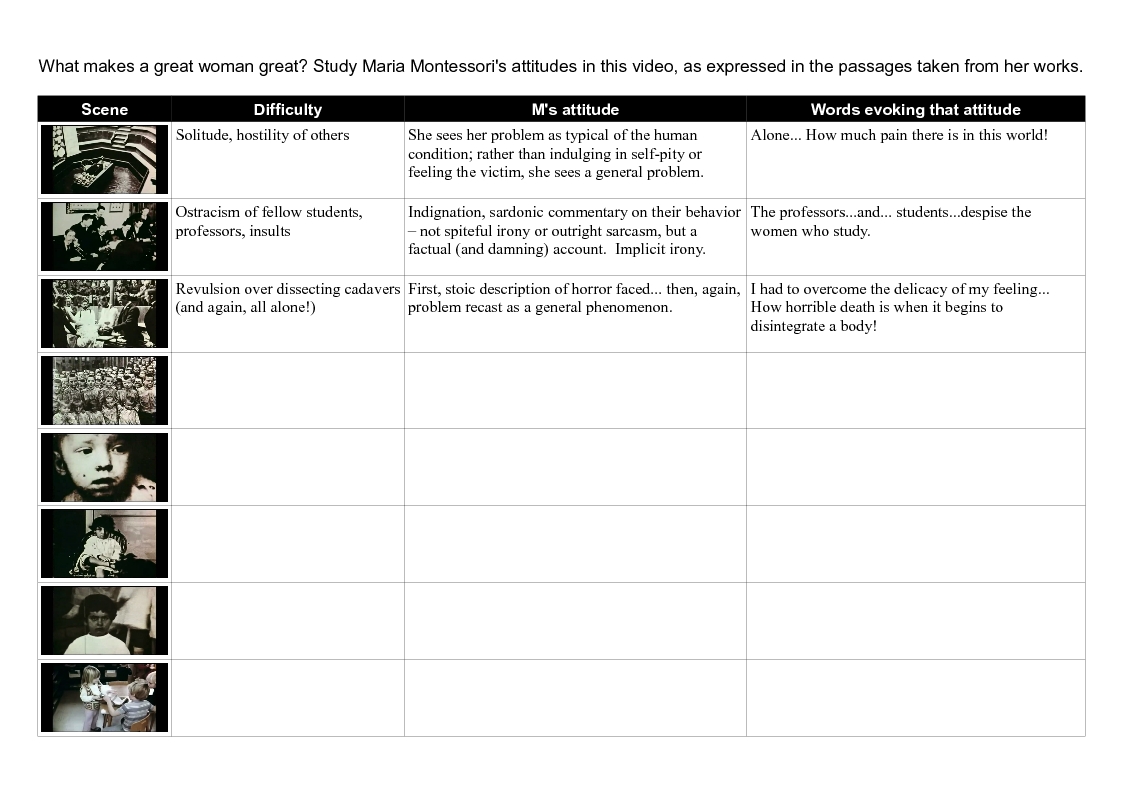
2.
Speaking Beckham's Language – video
also:
http://bit.ly/mmlt8
and:
http://youtu.be/F7YvPfj4d2Q
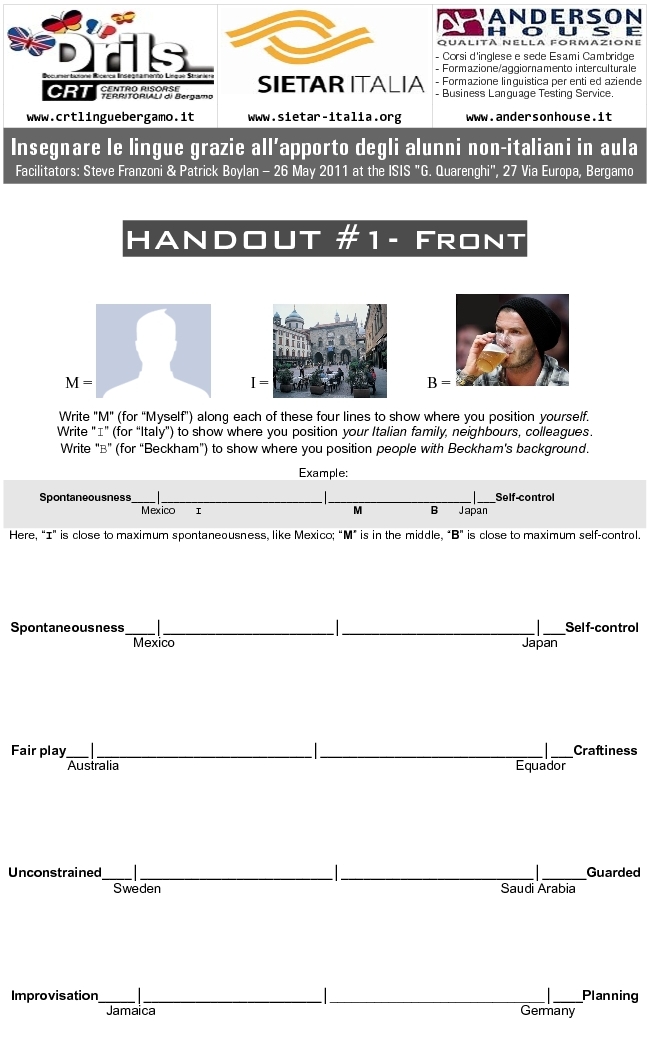
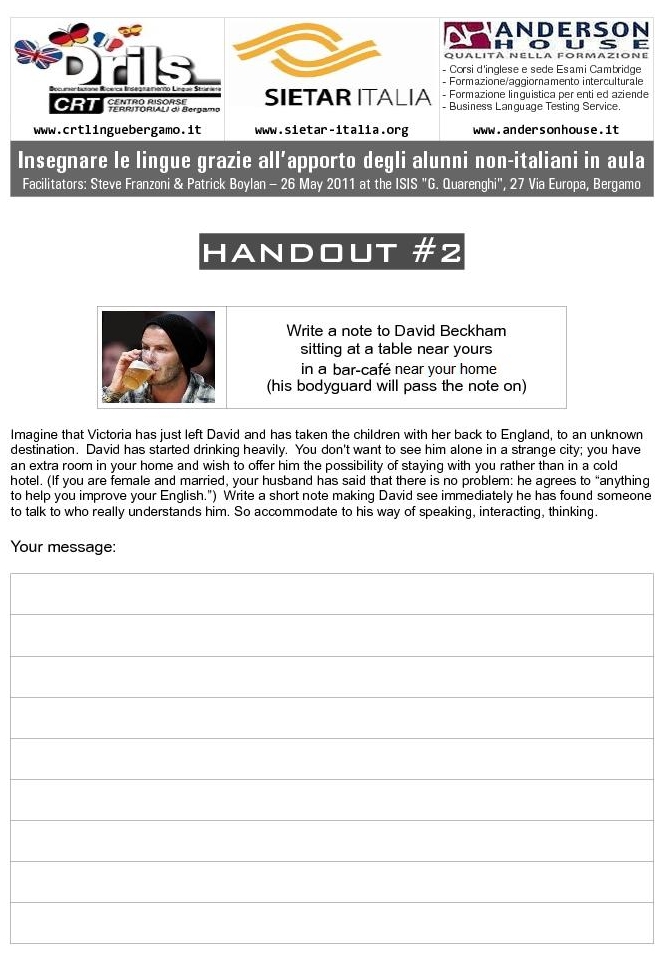
3.
In
conclusion (from Chapter 3 of the Manual):
|
The
less teachers teach,
the
more they enjoy teaching
and
the more their students learn.
|
Final
test
If
you are a Montessorian teacher of, say, English as a second
language, what do you say to a student who asks you: “Which is
correct, 'have you some?' or 'do you have some?' in
ordinary use?







 Sonoma
State
Sonoma
State Dutch
School
Dutch
School














